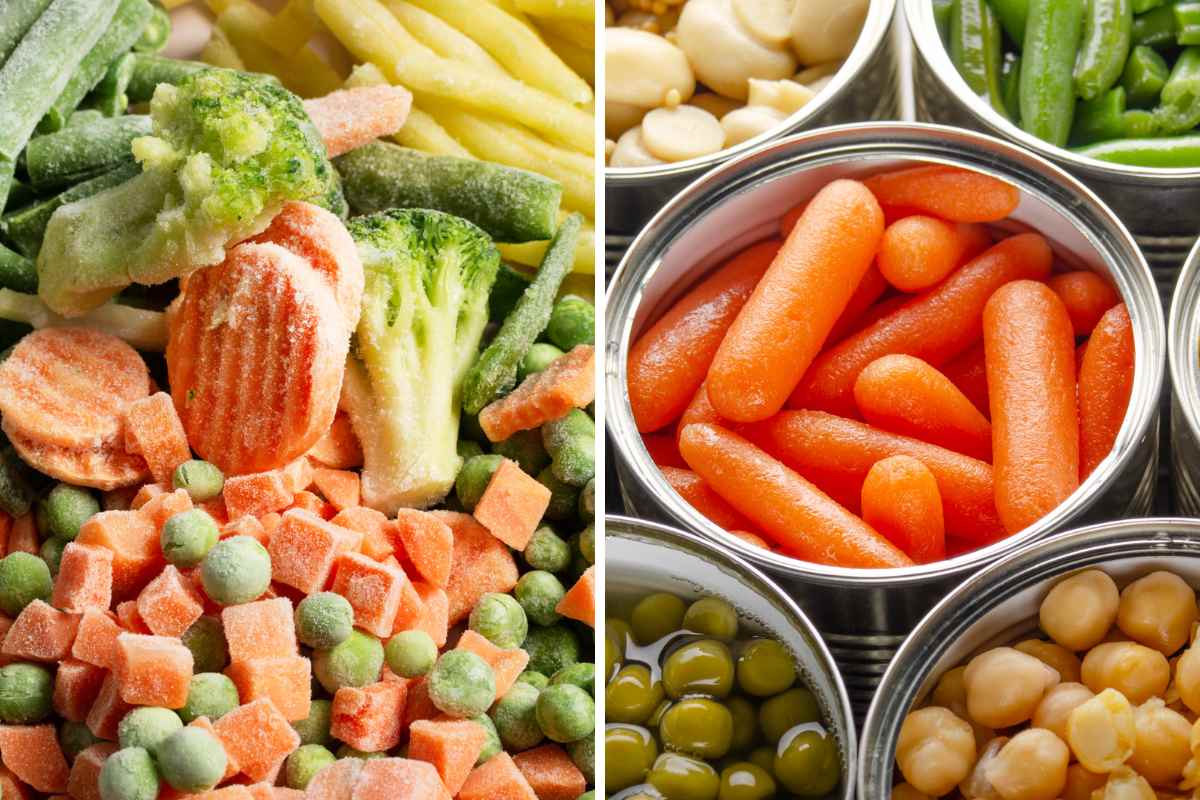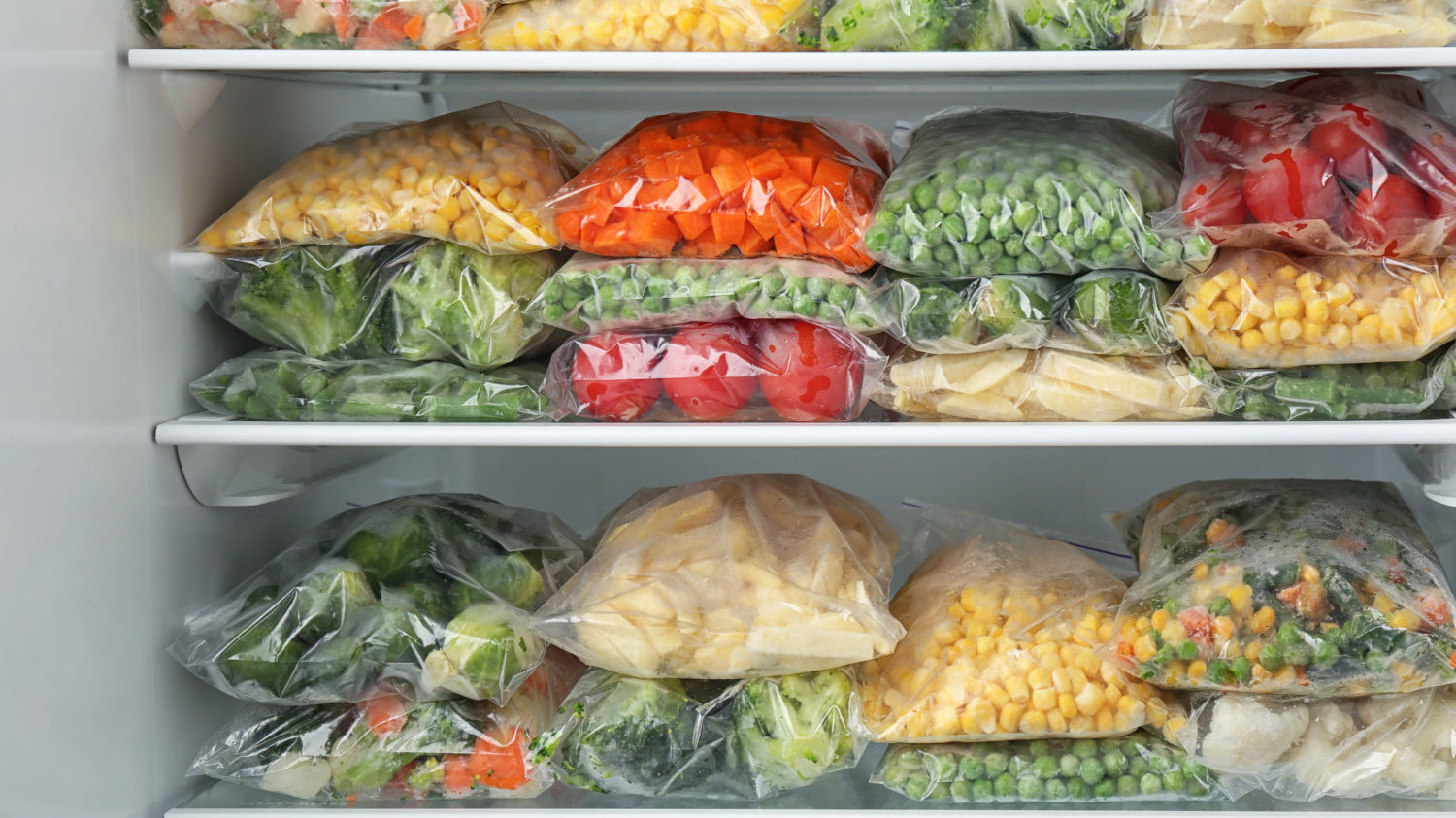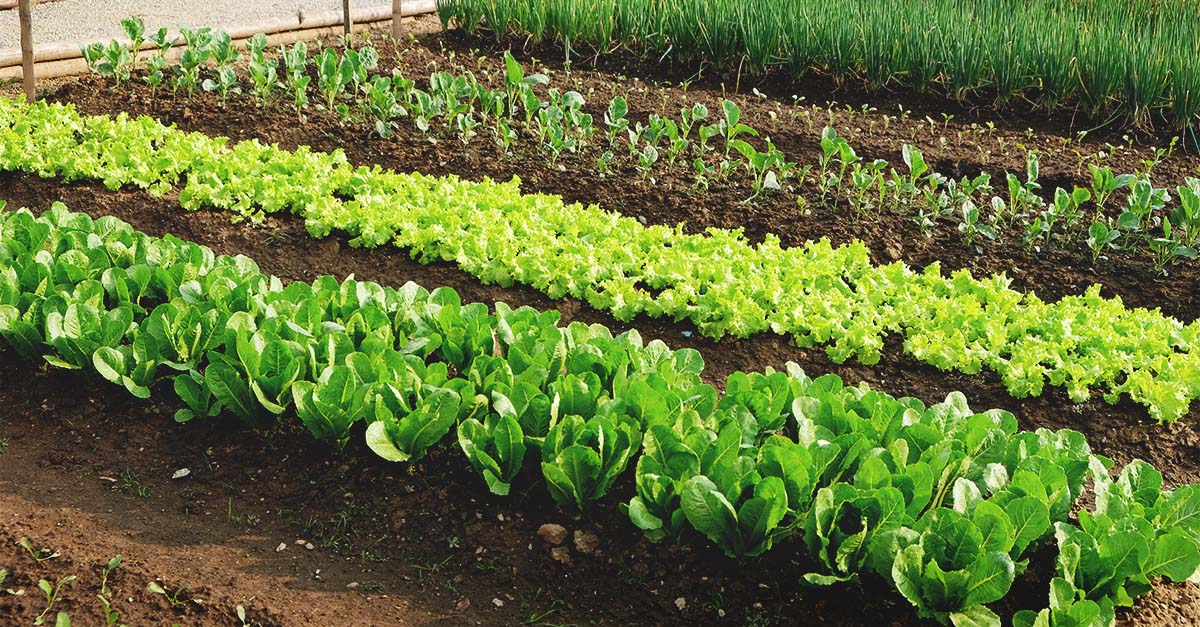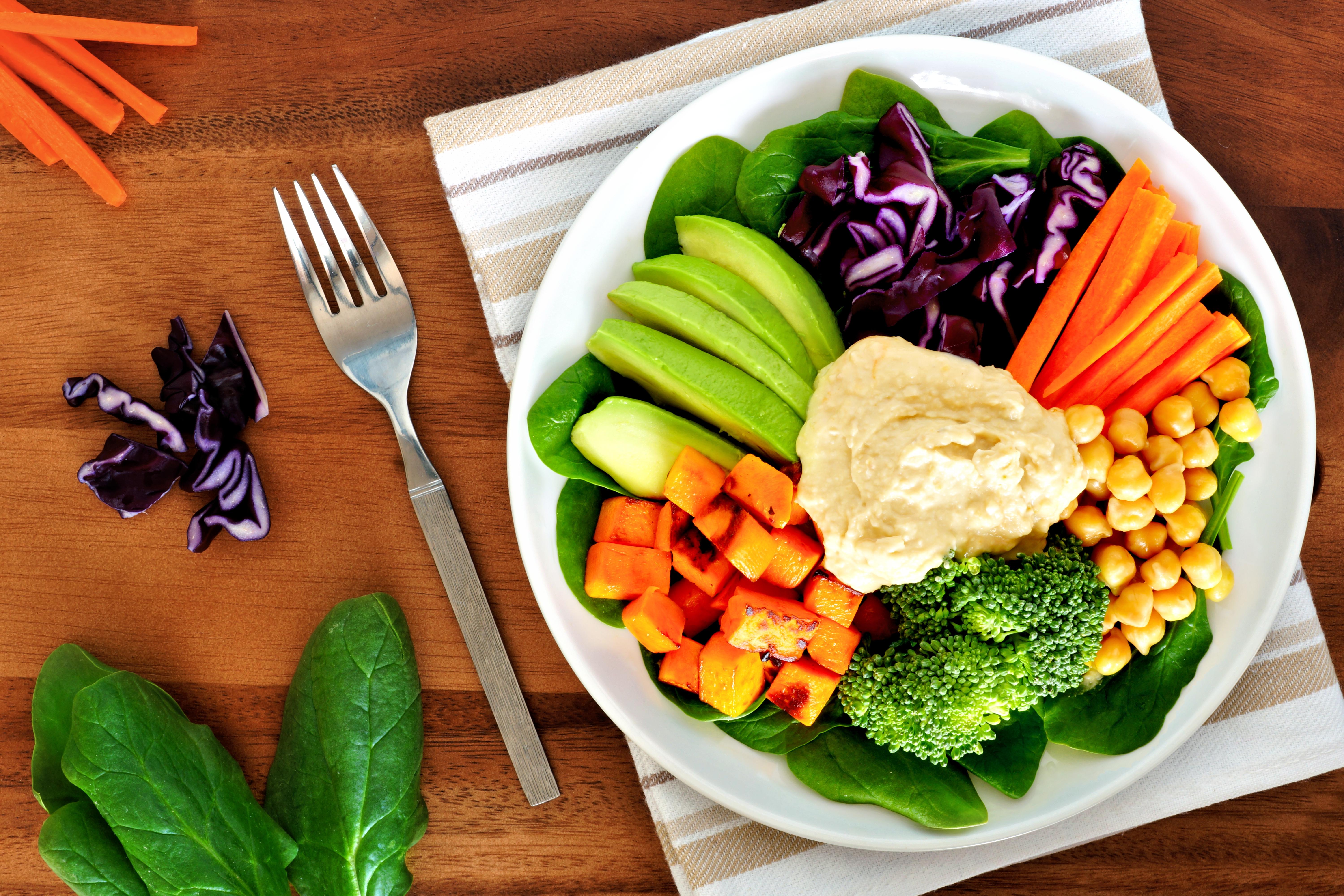Home>Gardening News and Trends>Latest News>How To Defrost Frozen Vegetables
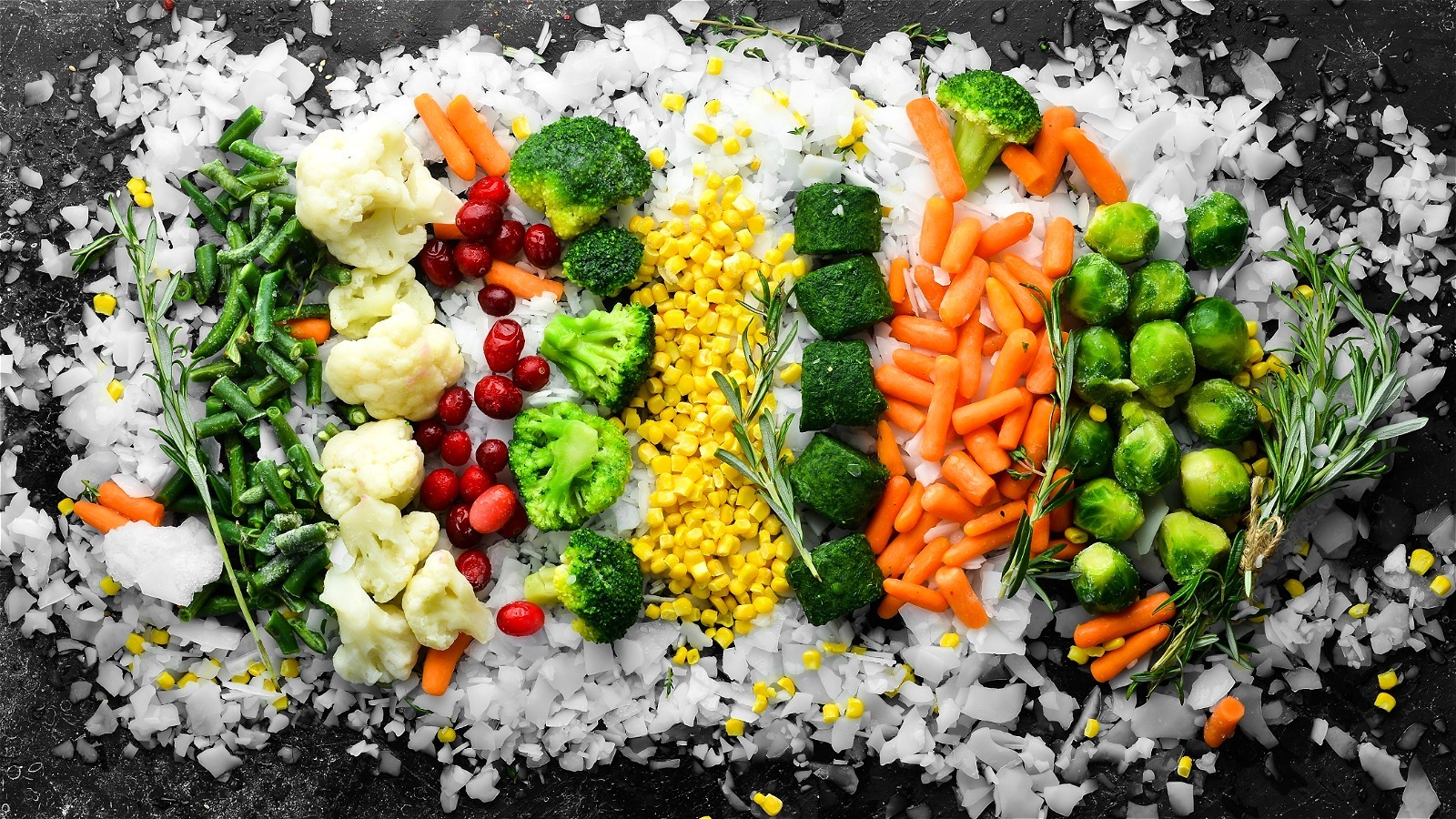

Latest News
How To Defrost Frozen Vegetables
Modified: January 22, 2024
Learn the best methods to defrost frozen vegetables quickly and safely. Discover the latest news and helpful tips for preserving their nutrient content.
(Many of the links in this article redirect to a specific reviewed product. Your purchase of these products through affiliate links helps to generate commission for Chicagolandgardening.com, at no extra cost. Learn more)
Table of Contents
Introduction
When it comes to convenience, versatility, and nutritional value, frozen vegetables are a great option for any kitchen. Whether you’re a busy professional, a parent juggling multiple responsibilities, or someone looking to maintain a healthy diet, having a bag of frozen vegetables in your freezer can be a game-changer. Not only do they save you time and effort in meal preparation, but they also offer a range of health benefits.
Frozen vegetables are picked at the peak of freshness and are immediately flash-frozen to preserve their nutrients. This means that even though they may spend some time sitting in the freezer aisle, they can still retain a significant amount of vitamins and minerals. In fact, research has shown that freezing vegetables can help retain certain nutrients, such as vitamin C and beta-carotene, better than other preservation methods.
Moreover, frozen vegetables are incredibly versatile. You can find a wide variety of options, including diced carrots, broccoli florets, spinach, peas, and mixed vegetables, to name a few. These vegetables can be used in numerous recipes, from soups and stir-fries to pasta dishes and salads. Their availability year-round ensures that you can enjoy your favorite vegetables even when they’re out of season.
While frozen vegetables offer many benefits, it’s essential to defrost them properly to ensure optimal taste and texture. In this article, we will discuss different methods to defrost frozen vegetables and provide you with some tips and precautions to follow. So, whether you want to add a nutritious side dish to your dinner or incorporate more veggies into your meals, keep reading to learn how to defrost frozen vegetables effectively.
Why Choose Frozen Vegetables
Frozen vegetables have gained popularity in recent years, and for good reason. Here are several compelling reasons why you should consider choosing frozen vegetables for your meals:
- Convenience: Frozen vegetables are incredibly convenient. They are pre-cut, pre-washed, and ready to use, saving you valuable time in the kitchen. With frozen vegetables, you don’t have to worry about peeling, chopping, or cleaning, allowing you to focus on creating delicious meals.
- Extended Shelf Life: Unlike fresh produce, which can spoil quickly, frozen vegetables have a much longer shelf life. This means you can stock up on your favorite vegetables and have them at hand whenever you need them without worrying about spoilage.
- Year-Round Availability: Frozen vegetables can be enjoyed at any time of the year. They are harvested at the peak of freshness and immediately frozen, ensuring that you can enjoy your favorite vegetables even when they are out of season.
- Nutritional Value: Contrary to popular belief, frozen vegetables can be just as nutritious as fresh ones, if not more. The freezing process helps to preserve the nutrients, maintaining their nutritional value. Additionally, frozen vegetables are often picked and frozen at their peak ripeness, ensuring that they are packed with vitamins and minerals.
- No Added Preservatives: Quality frozen vegetables do not contain any added preservatives. They are simply vegetables that have been frozen to maintain freshness, without the need for chemical additives. This makes them a healthier option compared to canned vegetables that often contain high levels of sodium.
- Versatility: Frozen vegetables can be used in a wide variety of recipes. Whether you’re adding them to soups, stews, stir-fries, or casseroles, they can enhance the flavor and nutritional profile of your meals. They are a versatile ingredient that can be easily incorporated into various dishes.
With their convenience, extended shelf life, nutritional value, and versatility, it’s no wonder why frozen vegetables have become a staple in many kitchens. They offer a practical solution for busy individuals and families looking to maintain a healthy and balanced diet, all without compromising on taste or quality.
Different Methods to Defrost Frozen Vegetables
When it comes to defrosting frozen vegetables, there are several methods you can use. The method you choose will depend on your time constraints and personal preference. Let’s explore three popular methods for defrosting frozen vegetables:
- Defrosting in the Refrigerator: This is the most recommended method for defrosting frozen vegetables. Simply transfer the frozen vegetables from the freezer to a container or a resealable bag and place them in the refrigerator. Allow them to thaw slowly overnight or for several hours. This gradual thawing process helps retain the texture and quality of the vegetables. Once thawed, the vegetables are ready to use in your recipes.
- Defrosting in Cold Water: If you need to defrost your vegetables more quickly, you can use the cold water method. Start by placing the frozen vegetables in a sealed plastic bag, ensuring that there are no leaks. Submerge the bag in a bowl or basin filled with cold water. Let it sit for about 30 minutes, making sure to change the water every 10 minutes to ensure it stays cold. After the vegetables have thawed, drain and pat them dry before using.
- Defrosting in the Microwave: The microwave is another option for defrosting frozen vegetables, but caution must be taken to prevent them from becoming overcooked or mushy. Place the frozen vegetables in a microwave-safe dish and cover with a microwave-safe lid or microwave-safe plastic wrap, leaving a small vent for steam to escape. Set your microwave to the defrost or low power setting and heat in short intervals, typically around 1-2 minutes at a time. Stir or rotate the vegetables after each interval to ensure even thawing. Once thawed, drain any excess liquid before using.
It’s important to note that regardless of the method you choose, once the frozen vegetables are thawed, they should be used immediately. Refreezing thawed vegetables can negatively impact their texture and taste.
Each defrosting method has its advantages, so choose the one that suits your needs best. The refrigerator method is the most preferred as it allows for gradual thawing, ensuring the best quality. If you’re short on time, the cold water method can be a quicker alternative. And for those who need an almost instant thaw, the microwave method can be useful when done carefully.
Defrosting in the Refrigerator
Defrosting frozen vegetables in the refrigerator is the recommended method, as it allows for a slow and controlled thawing process. Here’s how to defrost your frozen vegetables using this method:
- Preparation: Start by transferring the frozen vegetables from the freezer to a container or a resealable bag. Make sure the container or bag is leak-proof to prevent any potential mess in the refrigerator. Label the container with the type and date of the vegetables to easily identify them later.
- Placement in the Refrigerator: Place the container with the frozen vegetables in the refrigerator. Ensure that it is on a stable shelf and not blocking any vents for proper air circulation. Thawing time will vary depending on the size and type of vegetables, but generally, it takes about 24 hours for them to fully thaw.
- Monitoring: Throughout the thawing process, it’s important to check the vegetables occasionally for any condensation or liquid buildup. If there is excess moisture, gently drain it off to maintain the texture and prevent sogginess.
- Usage: Once fully thawed, the vegetables are ready to be used in your favorite recipes. You can incorporate them into stir-fries, soups, stews, or any other dishes that call for cooked vegetables. Alternatively, you can lightly blanch or steam the thawed vegetables to enhance the texture and retain their nutrients.
Defrosting frozen vegetables in the refrigerator allows them to thaw gradually, preserving their texture and nutrients. This method also reduces the risk of bacteria growth associated with thawing at room temperature. It’s a convenient approach as it requires minimal effort on your part, simply allowing time for the vegetables to thaw while you go about your day.
Keep in mind that once thawed, the vegetables should be used within a few days to maintain their freshness. If you have any leftovers, store them in an airtight container in the refrigerator, and try to consume them within 2-3 days for the best taste and quality.
Defrosting in Cold Water
If you’re short on time and need to defrost your frozen vegetables quickly, the cold water method is a viable option. It allows for a faster thawing process while still maintaining the quality of the vegetables. Follow these steps to defrost your frozen vegetables using cold water:
- Preparation: Start by placing the frozen vegetables in a sealed plastic bag. Ensure that the bag is leak-proof and properly sealed to prevent water from entering and diluting the flavor of the vegetables.
- Submerging in Cold Water: Fill a large bowl or basin with cold water. Submerge the bag of frozen vegetables in the water, ensuring that it is fully covered. If necessary, place a plate or heavy object on top of the vegetables to keep them submerged.
- Water Replacement: Let the vegetables sit in the cold water for about 30 minutes. During this time, the water will gradually thaw the vegetables. It’s important to change the water every 10 minutes or so to ensure that it remains cold and speeds up the thawing process.
- Draining and Drying: After the vegetables have thawed, remove them from the cold water. Drain off any excess water and pat them dry using a clean kitchen towel or paper towels. This step helps remove any excess moisture that may affect the texture of the vegetables when cooked.
Once the frozen vegetables are fully thawed and dried, they are ready to be used in your recipes. Incorporate them into stir-fries, pasta dishes, or any other recipe that calls for cooked vegetables.
The cold water method is a quick and efficient way to defrost frozen vegetables. However, it’s important to note that this method is not recommended for delicate vegetables like leafy greens, as they may become wilted or soggy. It is best suited for denser vegetables like carrots, peas, corn, and broccoli.
Remember that once thawed, the vegetables should be used immediately or stored in the refrigerator for a short period. Avoid refreezing thawed vegetables, as it can affect their texture and taste.
Defrosting in the Microwave
If you’re in a hurry and need to defrost your frozen vegetables quickly, the microwave can be a convenient option. However, caution must be exercised to prevent overcooking or turning the vegetables mushy. Here’s how to defrost frozen vegetables in the microwave:
- Preparation: Transfer the frozen vegetables to a microwave-safe dish. It’s important to spread them out in a single layer for even defrosting. Avoid using metal containers or aluminum foil, as they can cause sparks or fire hazards in the microwave.
- Covering: Cover the dish with a microwave-safe lid or microwave-safe plastic wrap. Leave a small vent or gap to allow steam to escape during the defrosting process. This helps prevent pressure buildup and ensures that the vegetables defrost more evenly.
- Defrosting Time: Set your microwave to the defrost or low power setting. The defrost setting typically uses lower heat to slowly thaw the vegetables without cooking them. Start with a defrost time of around 1-2 minutes, depending on the quantity and type of vegetables.
- Stirring or Rotating: After each interval, pause the microwave and stir or rotate the vegetables. This helps ensure that all parts of the vegetables are evenly defrosted. Remember that microwaves have hot spots, so distributing the heat will prevent some parts from overheating.
- Testing Doneness: Periodically check the vegetables for doneness. They should be partially thawed but still slightly firm to the touch. If you notice any pieces starting to cook or become mushy, reduce the microwave power or shorten the defrosting time.
- Draining: Once the vegetables are partially thawed, carefully drain off any excess liquid or moisture. This will help prevent the vegetables from becoming mushy when cooked or incorporated into recipes.
Remember that defrosting vegetables in the microwave should be done carefully to avoid overcooking or drying them out. It’s best to err on the side of caution and defrost in shorter intervals, especially if you’re unfamiliar with your microwave’s power and settings.
Once thawed, the vegetables are ready to be used in your recipes. Whether you add them to soups, stir-fries, or other dishes, their partially thawed state allows for easy incorporation and cooking.
Keep in mind that the microwave method is best for smaller quantities of frozen vegetables. Larger batches may require more time and attention to ensure even defrosting. Additionally, it’s important to use the defrost setting rather than using the regular cooking settings, as the latter can lead to uneven cooking or overcooking.
Tips and Precautions for Defrosting Frozen Vegetables
When it comes to defrosting frozen vegetables, there are a few tips and precautions to keep in mind to ensure safe and optimal results. Follow these guidelines to make the most out of your defrosting process:
- Follow Recommended Methods: Stick to the recommended defrosting methods, such as using the refrigerator, cold water, or microwave. These methods have been proven to be safe and effective, preserving the quality of the vegetables.
- Do Not Refreeze Thawed Vegetables: It’s important to remember that once you have thawed your frozen vegetables, you should use them immediately or store them in the refrigerator for a short period. Refreezing thawed vegetables can lead to a loss of texture and taste.
- Prevent Cross-Contamination: Like any other food, frozen vegetables can potentially harbor bacteria. To prevent cross-contamination, always defrost the vegetables separately from raw meat, poultry, or seafood. Clean your utensils, cutting boards, and surfaces thoroughly after handling any raw ingredients.
- Do Not Thaw at Room Temperature: Avoid thawing frozen vegetables at room temperature, as it can promote bacterial growth. Gradual thawing in the refrigerator or using the quick methods of cold water or microwave are safer and more effective options.
- Inspect for Freezer Burn: Before defrosting, check the frozen vegetables for any signs of freezer burn, such as ice crystals, discoloration, or dry spots. Freezer burn can affect the quality and taste of the vegetables. If you notice freezer burn, it’s best to discard the affected pieces.
- Store Unopened Packages Properly: Ensure that unopened packages of frozen vegetables are stored correctly in the freezer. This includes keeping them at a consistent and appropriate temperature to maintain their quality over time. Follow the manufacturer’s guidelines for storage.
- Use Thawed Vegetables Promptly: Once the frozen vegetables are thawed, aim to use them promptly. While refrigeration can help extend their shelf life, it’s best to consume them within a few days to ensure optimal freshness and taste.
- Blanch or Cook Thawed Vegetables: Consider blanching or lightly cooking the thawed vegetables before using them in recipes. Blanching helps preserve the texture, color, and nutrients of vegetables while eliminating any potential harmful bacteria.
By following these tips and taking necessary precautions, you can safely and effectively defrost your frozen vegetables. Enjoy the convenience and versatility of frozen vegetables while ensuring the highest quality in your meals.
Conclusion
Frozen vegetables offer a convenient, versatile, and nutritious option for incorporating more vegetables into your diet. By properly defrosting frozen vegetables, you can enjoy their vibrant flavors and textures while preserving their nutritional value. Whether you choose to defrost them in the refrigerator, cold water, or the microwave, each method has its advantages and can be tailored to your specific needs.
The refrigerator method is the recommended option as it allows for a gradual thawing process, ensuring the best quality. The cold water method is a quicker alternative when you’re short on time, while the microwave method can provide almost instant thawing with careful attention to prevent overcooking.
Remember to follow the recommended methods, avoid refreezing thawed vegetables, and store them appropriately. Take precautions to prevent cross-contamination and inspect for freezer burn before defrosting. Use thawed vegetables promptly and consider blanching or lightly cooking them before incorporating them into your recipes.
Frozen vegetables are a valuable addition to any kitchen, offering convenience, extended shelf life, year-round availability, and nutritional value. Whether you use them as a side dish, add them to soups and stews, or incorporate them into your favorite recipes, their versatility makes them an excellent choice for busy individuals and health-conscious families.
So, the next time you reach for that bag of frozen vegetables in your freezer, rest assured knowing that you have the knowledge to defrost them properly. Enjoy the benefits of frozen vegetables in your meals and continue to explore new ways to incorporate them into your cooking repertoire.
Happy defrosting and bon appétit!
